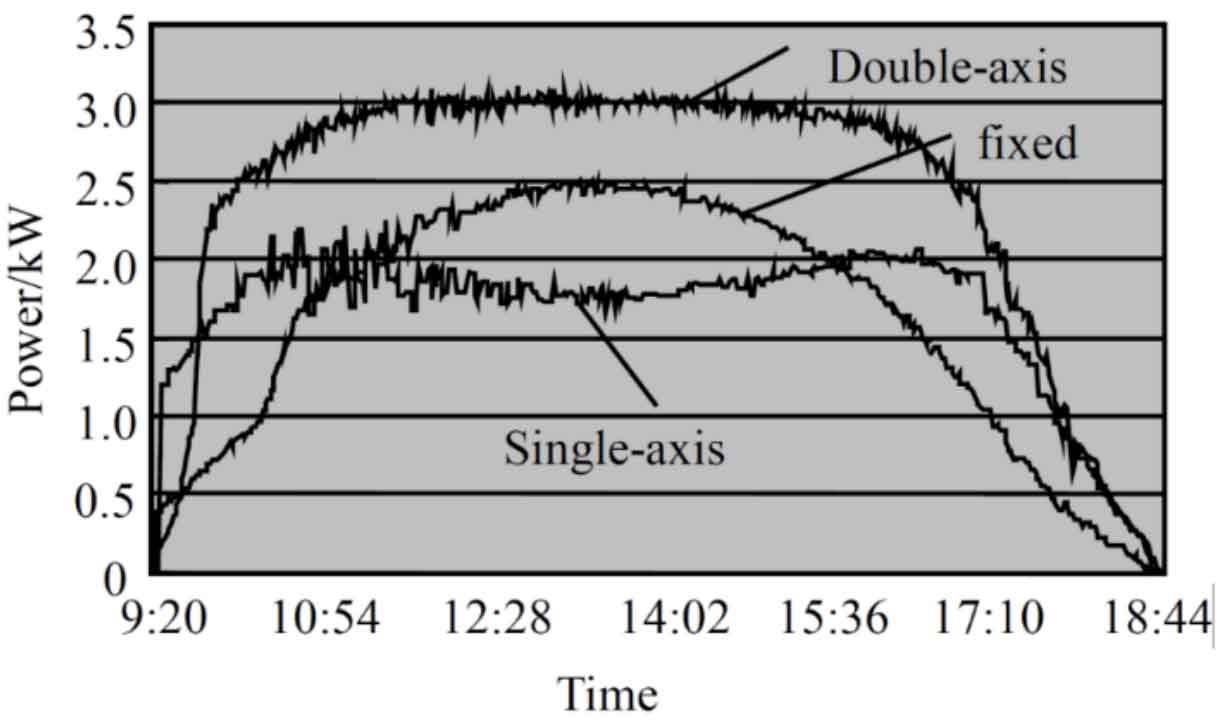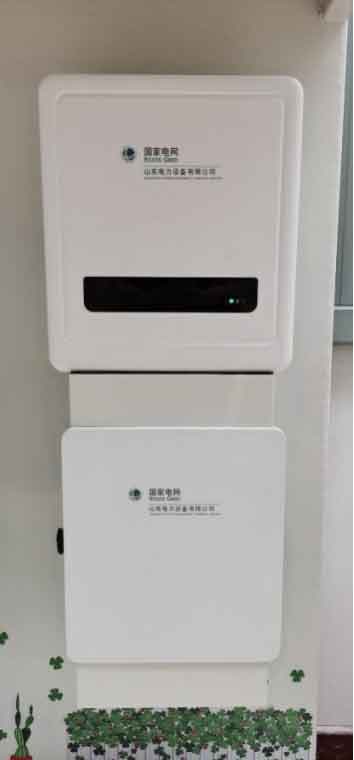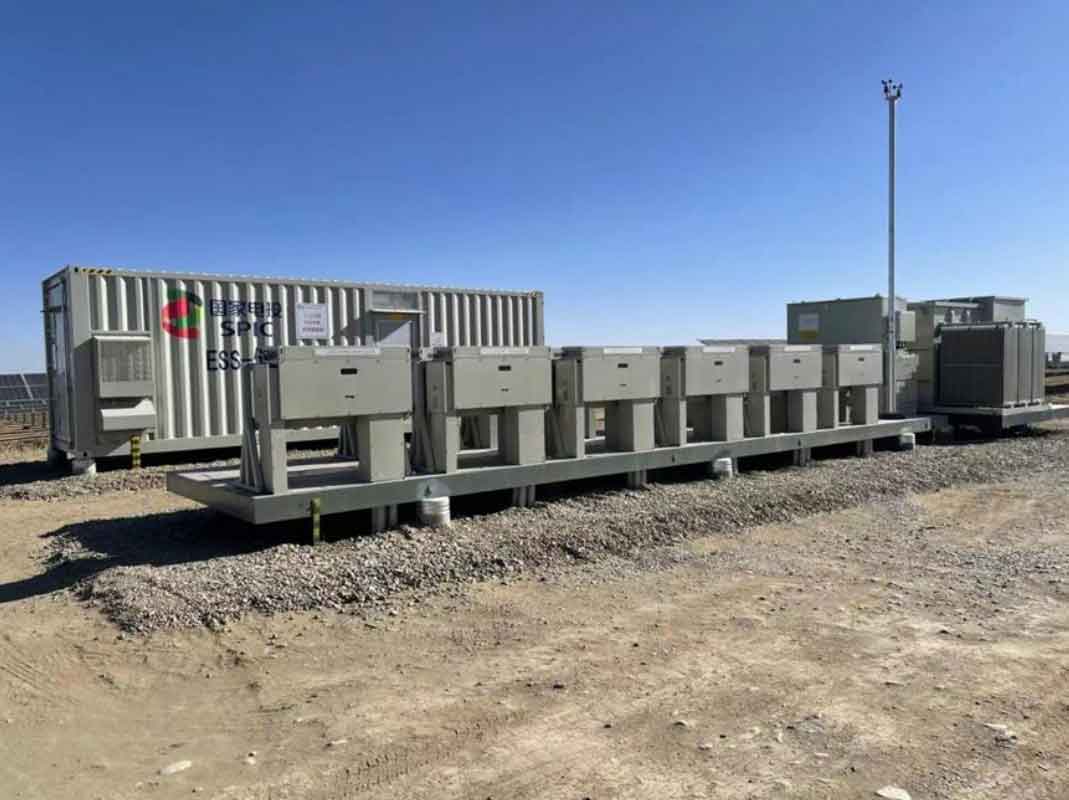The long-term goal of solar photovoltaic power generation is to replace conventional energy and enter the electricity market. However, due to the high cost of solar photovoltaic power generation and certain difficulties in large-scale promotion in China, with technological progress, solar photovoltaic power generation will inevitably become the mainstream energy utilization method, with immeasurable development potential.
The main reason that currently limits the development of solar photovoltaic power generation is the low power generation efficiency of solar photovoltaic modules. Monocrystalline silicon cells have the highest conversion efficiency and the most stable performance of solar photovoltaic modules, with a power generation efficiency of only 19% -20%. The efficiency of polycrystalline silicon solar photovoltaic cells based on crucible growth and EFG methods is second only to 14% -15%. With the development of technology, Various non silicon solar photovoltaic cells and organic solar photovoltaic cells have been developed, including many high-efficiency solar photovoltaic modules. The detailed parameters are shown in the table.
| Classification | Materials | Bandgap | Typical efficiency | Laboratory efficiency |
| Non silicon materials | Gallium arsenide (GaAs) | 1.8eV | > 20% | > 40% |
| Non silicon materials | Selenium indium copper (CuInSe2) | 1.0eV | > 15% | > 20% |
| Organic materials | Schottky type | / | / | <1% |
| Organic materials | Double layer membrane structure | / | / | 6% |
| Organic materials | Dye sensitization | / | / | 10% |
| Organic materials | Perovskite type | / | / | 22.1% |
Another way to improve the power generation efficiency of solar photovoltaic systems is to add a solar tracking system. According to research, a single axis tracking system can increase power generation by more than 20%, while a dual axis tracking system can increase power generation by more than 40%. The 100MW solar photovoltaic power station in Spain used dual axis tracking method, while the Yangbajing demonstration station built in 2006 in China used multiple tracking methods, with a total installed capacity of 13.2KWp and good operating conditions. The daily power generation curves for fixed installation angles, single axis systems, and dual axis systems are shown in Figure 1.

The development of high-power and high-efficiency inverters is also another important factor limiting the development of large-scale solar photovoltaic projects. The maximum capacity of foreign individual inverters has reached 1MW, with an efficiency of 98%. However, the 10kW three-phase grid connected inverter from Shandong Electric Power Equipment Co., Ltd. in China can achieve 96.5% inverter efficiency through the use of space vector pulse width modulation (SVPWM) technology and a two-stage structure, with a harmonic content of less than 3%. The product prototype is shown in Figure 2.

The 3000 MW solar photovoltaic project of Qinghai Province’s 10 million kilowatt new energy base, which was put into operation in 2020, uses 175kVA series inverters from Shangneng Electric Appliances, with a capacity of 100MWp in each subarray and 11 inverters. The comprehensive inverter efficiency of the inverters can reach 98.5%, the maximum efficiency is 99.01%, the power factor is ± 0.8, and the current harmonic content THD is less than 3%, achieving a world leading position.

With the continuous increase of the proportion of solar photovoltaic system’s power generation capacity in the total system capacity, the fluctuation of its power generation capacity will cause great harm to the safe operation of the power grid, and its danger will increase exponentially with the increase of its capacity. Therefore, the control of grid stability for solar photovoltaic power generation is of great significance.

To reduce the impact of solar photovoltaic power generation on the stability of grid operation, it is necessary to research and develop control strategies for solar photovoltaic systems. As the core of solar photovoltaic grid connected power generation, the control effect of control strategies plays a decisive role in whether efficient and high-quality grid connected power generation can be achieved, and is a necessary condition for improving the reliability of grid operation. In addition to good control strategies, an excellent structure of solar photovoltaic grid connected power generation systems is also indispensable. Therefore, this article conducts research on the structure of solar photovoltaic grid connected systems and grid connected power generation control strategies through theoretical analysis, system simulation, and other aspects:
(1) Research and analyze the working principle and mathematical model of solar photovoltaic cells, and establish a simulation model based on the Simulink platform for simulation analysis.
(2) Compare and analyze the classification and structure of solar photovoltaic grid connected inverters, and determine the main circuit structure of grid connected inverters.
(3) Analyzed and studied the control principles and advantages and disadvantages of four commonly used control strategies: VOC, VFOC, V-DPC, and VF-DPC, and determined the control strategy to be adopted for the grid connected inverter.
(4) Theoretical analysis was conducted on the working principle of LCL filters, and the characteristics of active damping and passive damping were compared. The filtering scheme of grid connected inverters was determined through parameter calculation and simulation analysis.
(5) Compare the principles and issues of various maximum power tracking schemes, and determine the maximum power point tracking strategy of grid connected inverters through simulation comparison.
(6) Build a simulation model for the grid connected system to verify its operational quality.
